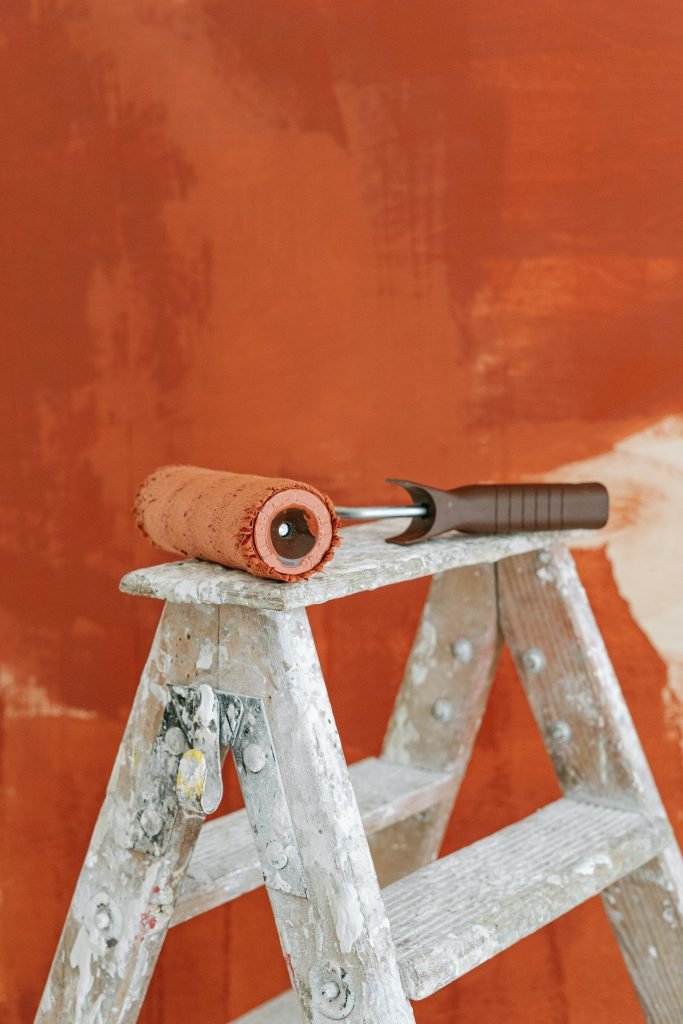
While many home improvements can add value to your property, there are also several that may not provide a significant return on investment, and in some cases, they could even decrease the value of your home. Keep in mind that the real estate market, location, and personal preferences can all influence the impact of home improvements. Here are some home improvements that do not add value or could potentially detract from your home’s value:
- Over-Personalized Renovations: Highly customized or eccentric improvements that cater to your unique tastes may not appeal to potential buyers and could decrease the marketability of your home.
- Swimming Pools: While some people love having a pool, they can be expensive to install and maintain. In some regions, pools may not provide a good return on investment due to the limited swimming season and maintenance costs.
- High-End Luxury Upgrades: Installing top-of-the-line, luxury features and finishes in a mid-range neighborhood may not yield a significant return on investment because the market may not support the added cost.
- Extensive Landscaping: Elaborate landscaping, such as expensive trees, plants, and hardscaping, can be costly to install and maintain. While it can enhance curb appeal, the return on investment may not be as high as expected.
- Converting Bedrooms: Combining two smaller bedrooms into one large bedroom or converting a bedroom into a home office or gym can reduce the appeal of your home to families or buyers who require multiple bedrooms.
- DIY Renovations: Poorly executed do-it-yourself (DIY) projects can decrease your home’s value if they are not up to professional standards.
- Trendy or Outdated Designs: Design trends change over time, so if you invest heavily in a style that’s currently popular but may go out of fashion soon, it might not provide a lasting boost in value.
- Too Much or Too Little Square Footage: Expanding your home beyond the size and layout typical for your neighborhood can lead to diminishing returns. Similarly, reducing square footage may not be well-received by potential buyers.
- Inconsistent or Poor-Quality Upgrades: Inconsistently upgraded areas, such as having a high-end kitchen in a home with dated bathrooms, can affect the overall perception of the property.
- Unpermitted Additions: If you make home improvements without the necessary permits, it can create problems when selling your home and potentially reduce its value.
- Maintenance Repairs: Basic repairs and maintenance, such as fixing a leaky roof or repairing a damaged HVAC system, are essential for keeping your home in good condition, but they typically don’t add much value to your property beyond preventing its decline.
- Excessive Garage Conversions: Converting a garage into additional living space might not be well-received by potential buyers who value garage space for storage or parking.
- Sunrooms or Screened Porches: While these additions can enhance your enjoyment of the home, they may not provide a substantial return on investment, as not all buyers may prioritize them.
- Energy-Efficient Upgrades: While energy-efficient improvements like solar panels, advanced insulation, and high-efficiency HVAC systems can reduce utility costs, the return on investment can vary. It’s essential to consider your specific circumstances, including local utility costs and incentives.
- Smart Home Technology: High-tech features can be attractive to some buyers, but the return on investment for smart home upgrades can be limited. Their value often depends on the tech-savviness of potential buyers.
- Cosmetic Fixes: Minor cosmetic improvements, such as repainting or replacing carpeting, can freshen up your home, but they may not significantly increase its value.
- Unnecessary Additions: Adding extra rooms, such as a second kitchen or bathroom, may not justify the cost unless there is a clear functional need for them.
- Overbuilt Kitchens and Bathrooms: While kitchen and bathroom upgrades can add value, overspending on luxury features that exceed the expectations of your local market might not provide a good return on investment.
- Uninsulated Sunrooms or Additions: If an addition lacks proper insulation and climate control, it may not be usable year-round, limiting its appeal to potential buyers.
- High-Maintenance Landscaping: Elaborate landscaping that requires frequent upkeep, such as high-maintenance gardens or extensive fountains, may not be attractive to all buyers and can be costly to maintain.
To make informed decisions about home improvements, consider factors like your local real estate market, your specific neighborhood, and the preferences of potential buyers. In some cases, improvements that don’t necessarily add monetary value can enhance your quality of life and make your home more comfortable and enjoyable, which can be valuable in its own right.